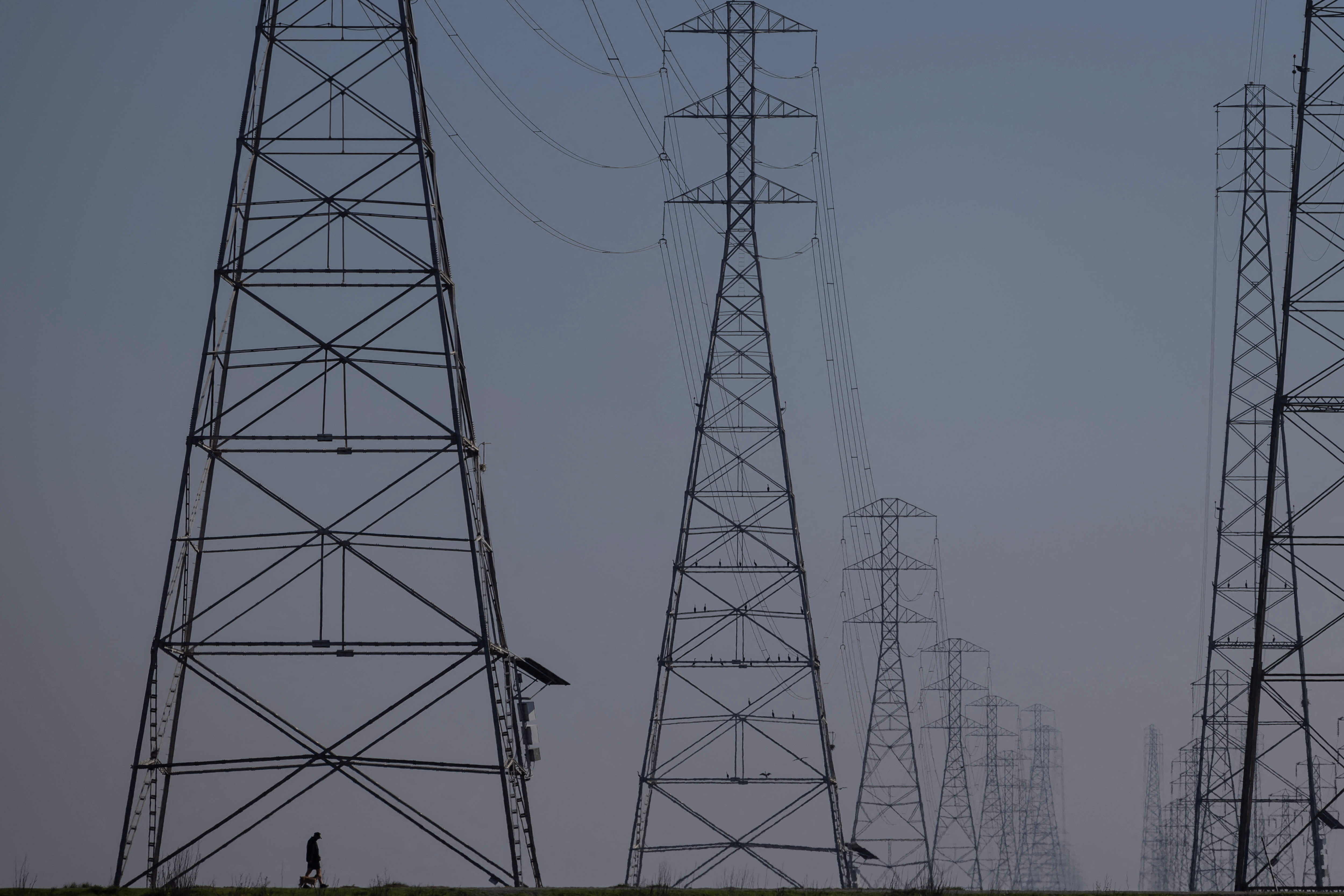pctay123
Publish Date: Wed, 28 Aug 2024, 06:01 AM

LITTLETON, Colorado, Aug 28 (Reuters) - U.S. demand for power and electricity is on track to hit a record in 2024, but likely already peaked during July after power generation needs declined slightly so far in August.
Total power generation across the lower 48 states from Jan. 1 through Aug. 26 was roughly 115 million megawatt hours (MWh), according to LSEG, which was up 3.4% from the same period in 2023 and the highest since at least 2021.
The highest full-month power generation tally so far was 17.24 million MWh in July, which was the highest monthly total recorded by LSEG since 2021.
That total likely marks the high point for power generation this year, as overall power demand tends to decline from August as the use of air conditioning for cooling drops off.
The same demand patterns are evident in U.S. electricity use, which has peaked in July in eight out of the past nine years, again due to reduced use of power-hungry cooling systems once temperatures typically peak for the year in July.
If power and electricity use now trend lower, generators may be able to trim fossil fuel use in electricity production going forward, and so limit any further rise in power pollution which has already climbed above year-ago levels in 2024.
TOPPING OUT
Total power generation in July was only 0.1% higher than in July 2023, but marked the fourth consecutive month that 2024's generation totals surpassed the corresponding month in 2023, according to LSEG.
However, generation for Aug. 1-26 this year has been 1.6% less than the same period in 2023, marking a potential turning point in terms of 2024 generation trends.
The August tally was also about 1.4% below the first 26 days of July this year, which also indicates that power generators were able to throttle back generation slightly in August from July.
Average temperatures across the United States have scaled new records this summer in several parts of the country, but have been slightly cooler in key areas during August from July.
The average recorded temperature for July in California - the most populous U.S. state - was 80.5 degrees Fahrenheit (26.9 degrees Celsius), according to LSEG.
That average has dropped to 75.1F (23.9C) so far in August, and so likely resulted in reduced air conditioner use this month compared to earlier in the summer.
EMISSIONS IMPACT
To boost total generation by 3.4% from Jan. 1 through Aug. 26 from the same period in 2023, U.S. power producers lifted clean energy generation from solar farms by 37%, wind farms by 8.1%, nuclear plants by 2.6%, and hydro dams by 0.7%, according to LSEG.
However, as total power demand has hit consecutive records in recent months, power producers have also needed to lift generation from natural gas, which hit a new all-time high in July of just over 8 million MWh.
The emissions impact of that high gas-fired generation total in July was 190.74 million metric tons of carbon dioxide and equivalent gases, according to energy think tank Ember.
That was the U.S. power sector's highest monthly pollution tally since August 2021, and resulted in the first increase in U.S. power sector emissions over the January-to-July period since 2021.
During August, U.S. gas-fired generation has remained above year-before levels, but is down from July's high output rates and so should result in a drop in monthly power emissions once the data is released in September.
And if power firms can continue to curb the use of coal-fired plants and further lower gas-fired generation over the rest of the year, then power emissions for 2024 as a whole should only show a modest year-over-year rise despite a notable expected increase in total generation and power use.
Sign up here.
https://www.reuters.com/business/energy/robust-us-power-electricity-use-likely-peaked-july-2024-maguire-2024-08-28/












